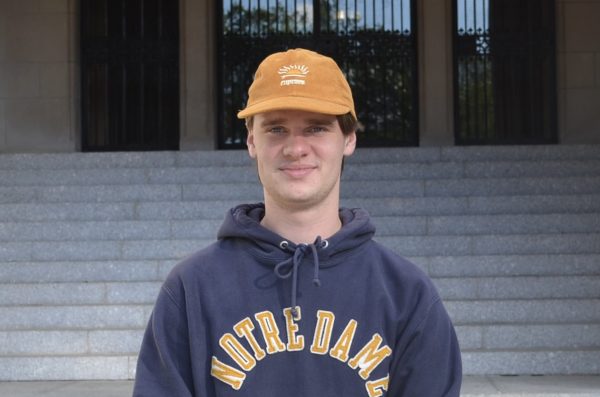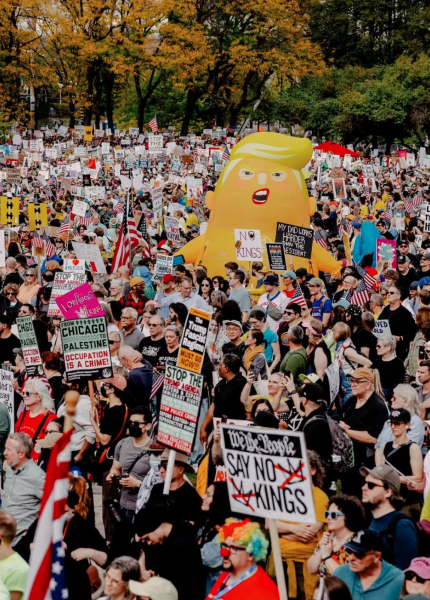New Mario Movie Completely Disregards Diversity
Following the announcement of the cast for Nintendo’s new animated Mario film, many people have taken to Instagram and Twitter to voice their opinions. Most of them are positive, with lots of people expressing great interest in the release set for Dec. 2022. Making this film animated, as opposed to live-action, allows for more creative control and world building.
Simply looking at the story idea, I can imagine this film will be a success. The Mario games themselves have remained incredibly popular throughout the years as one of Nintendo’s biggest cash cows. Some of the opinions of the upcoming Nintendo film, however, are quite critical.
The 1993 live action Mario film did surprisingly poorly, scoring only a 28% on Rotten Tomatoes. Many argue that this is because the story simply does not belong in the “real world.” I agree with this critique and commend those in charge for choosing to animate the 2022 film, as it maintains the same imagery of the video game world. As a child I would have loved to see my favorite video game characters on the big screen. I’m sure I am not alone in my excitement for the film’s release.
However, when it comes to the casting decisions, a lot more could have been done in terms of inclusion. The cast list includes a lot of big Hollywood names, which will definitely set the film up for good press. After the live action 1993 Super Mario Movie, a box office dud, I understand the decision to cast famous Hollywood regulars. The cast includes Anya Taylor-Joy as Princess Peach, Jack Black as Bowser, Sebastian Maniscalco as Spike, Seth Rogen as Donkey Kong and more household-name actors. Charles Martinet, the original video game voice actor for Mario, is even slated to participate in the production in a cameo role.
All of these actors are great choices in the technical sense. Nevertheless, the casting decision failed to adequately incorporate people of color. John Leguizamo, who played Luigi in the previous live action film, pointed out that the executives “went all white.” There was so much potential to create a diverse cast and include everyone in such an iconic piece of video-game culture. These particular castings completely overlooked this opportunity: none of the cast members have any kind of non-white heritage.
Leguizamo was quick to point out that there was no Latinx representation in the casting decision. Being Mexican myself, I am always excited at the prospect of seeing any kind of Latinx representation, so I was disappointed upon discovering that the cast did not include anyone of Hispanic heritage. The cast is primarily white, a decision that I feel does not accurately represent the ever-changing world in which we live, regardless of the actual ethnicities of the characters in the video game.
Aside from the lack of diversity in the cast, there are other issues that arise with these particular casting decisions. For one, I have a hard time picturing Chris Pratt as a believable Mario. Though his roles have always been quite eclectic — from his work in “Parks and Recreation” to “Guardians of the Galaxy” — I cannot envision him embodying Mario in a believable way. Charlie Day, for instance, is someone who would make a much better Mario. Day’s tone is much more suited for the role of a video-game character, especially based on his past movie experience.
The film is still not ready yet, so there is always room for improvement. Perhaps the executives can make a more inclusive decision and create a film that more accurately reflects our society.
Carolyn Branigan, FCRH ’24, is a film and English major from Tinton Falls, N.J.








































































































































































































